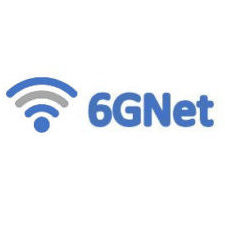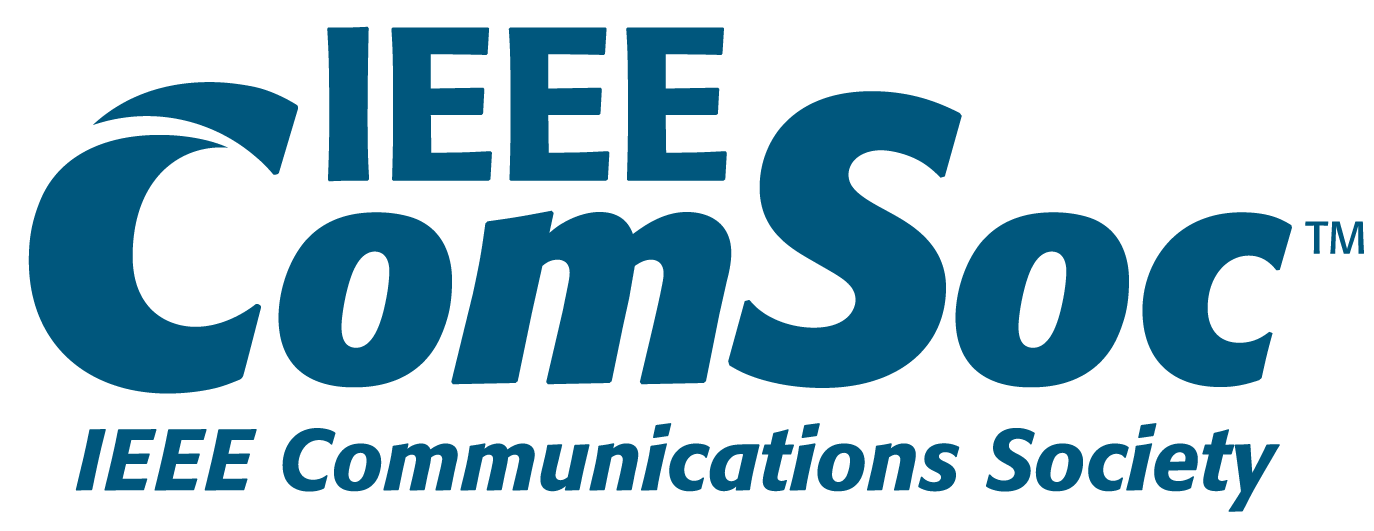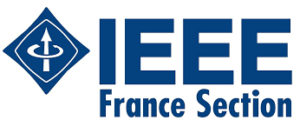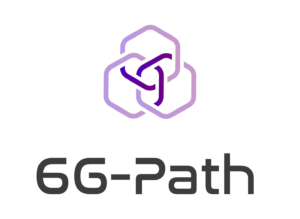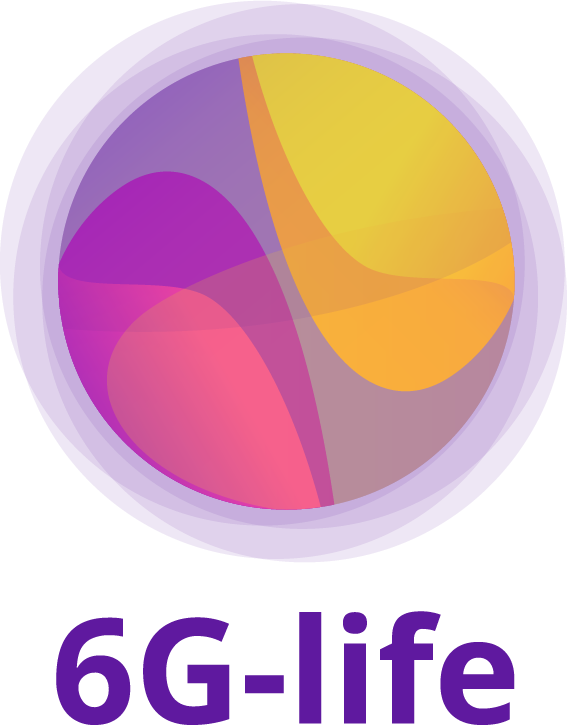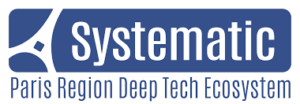6GNet 2024 Keynotes
Keynote #1
Title: Beyond Connectivity: Pioneering the Future of Next-Generation Networks
Abstract: Next-generation networks are set to transform global connectivity by fusing digital and physical realms – enabling ambient technologies and augmented human experiences. This keynote will explore the transformative potential of advancements in networking, cloud, and AI, that are set to redefine connectivity, from today’s networks to the burgeoning potential of novel networking capabilities and cognizant (level-5) autonomy. We will delve into the challenges and opportunities presented by these innovations. Attendees will gain insights into the future landscape of global connectivity, understanding how these advancements will impact industries, economies, and daily life. Join us to envision a world where seamless, ultra-fast, and intelligent networks empower every aspect of human endeavor, driving progress and innovation in the digital age.

Meryem Simsek
(Head of Network Architecture Research Lab / Nokia Bell Labs (USA))
Bio: Dr. Meryem Simsek is head of the Network Architecture Research (NAR) Lab at Nokia Bell Labs and is leading an interdisciplinary team of experts to drive network architecture innovations across multiple network layers and across all network segments. Previously, Dr. Simsek has held various scientific leadership roles with VMware, Intel Labs, UC Berkeley, International Computer Science Institute (ICSI) Berkeley, and Technical University Dresden. Her research background and interest span a wide range of topics including but not limited to distributed systems, (mobile) network technologies, cloud computing, AI/ML and multi-agent systems, game theory, and control theory. Dr. Simsek is the recipient of the IEEE Communications Society Fred W. Ellersick Prize in 2015, the Rising Star in Computer Networking and Communications by N2Women in 2019, the Edge Computing World Edge Women of the year top 10 finalist in 2022, and the IEEE ComSoc Tactile Internet Technical Committee Service award in 2023.
Keynote #2
Title: Semantics-native Communication and Protocol Learning in the 6G Era
Abstract: This keynote talk will first provide a brief introduction of VisionX sitting at the intersection of learning, reasoning and communication in terms of key enablers and mathematical tools, while contrasting it with current efforts in this exciting research area. Subsequently, recent results in semantics-native communication and learning emergent communication protocols in various use cases will be presented. This talk will highlight the importance of transmitting semantic information as opposed to raw data that is either redundant, stale or useless to a receiver to carry out a task.

Mehdi Bennis
(Head of of the intelligent connectivity and networks/systems group / University of Oulu, Finland)
Bio: Dr. Mehdi Bennis is a full Professor at the Centre for Wireless Communications, University of Oulu, Finland and head of the intelligent connectivity and networks/systems group (ICON). His main research interests are at the intersection of communication and ML in 5G/6G networks. He has published 300+ research papers in international conferences, journals and book chapters. He has been the recipient of several prestigious awards including the 2015 Fred W. Ellersick Prize from the IEEE Communications Society, the 2016 Best Tutorial Prize from the IEEE Communications Society, the 2017 EURASIP Best paper Award for the Journal of Wireless Communications and Networks, the all-University of Oulu award for research, the 2019 IEEE ComSoc Radio Communications Committee Early Achievement Award and the 2020-2023 Clarviate Highly Cited Researcher by the Web of Science. Dr Bennis is a Specialty Chief Editor for Data Science for Communications in the Frontiers in Communications and Networks journal and an IEEE Fellow.
Keynote #3
Title: Digital Twins for Communications: How to Create and Use Them
Abstract: A possible vision for 6G networks is that they can autonomously specialize to the radio environment in which they are deployed. I will discuss two key tools that are required to make this happen, namely differentiable ray racing for the creation of digital twin networks and machine learning. Differentiable ray tracing allows for gradient based optimization of many scene parameters and enables data-driven calibration of ray tracing models to measurements. Such digital twins can then be used as “gyms” for training of environment-specific communication schemes and applications. As examples, I will show how one can learn radio material parameters from channel measurements and present the architecture and performance of a recently developed 5G-compliant neural receiver which is not only compatible with different bandwidth allocations and number of layers but can run in real-time on a GPU.

Jakob Hoydis
(Principal Research Scientist at NVIDIA, France )
Bio: Jakob Hoydis is a Principal Research Scientist at NVIDIA working on the intersection of machine learning and wireless communications. Prior to this, he was Head of a research department at Nokia Bell Labs, France, and co-founder of the social network SPRAED. He obtained the diploma degree in electrical engineering from RWTH Aachen University, Germany, and the Ph.D. degree from Supéléc, France. From 2019-2021, he was chair of the IEEE COMSOC Emerging Technology Initiative on Machine Learning as well as Editor of the IEEE Transactions on Wireless Communications. Since 2019, he is Area Editor of the IEEE JSAC Series on Machine Learning in Communications and Networks.
He is recipient of the 2019 VTG IDE Johann-Philipp-Reis Prize, the 2019 IEEE SEE Glavieux Prize, the 2018 IEEE Marconi Prize Paper Award, the 2015 IEEE Leonard G. Abraham Prize, the IEEE WCNC 2014 Best Paper Award, the 2013 VDE ITG Förderpreis Award, and the 2012 Publication Prize of the Supéléc Foundation. He has received the 2018 Nokia AI Innovation Award, as well as the 2018 and 2019 Nokia France Top Inventor Awards. He is a co-author of the textbook “Massive MIMO Networks: Spectral, Energy, and Hardware Efficiency” (2017). He is a 2023 Distinguished Industry Speaker of the IEEE Signal Processing Society as well as an IEEE Fellow.
He is one of the maintainers and core developers of Sionna, a GPU-accelerated open-source link-level simulator for next-generation communication systems.
